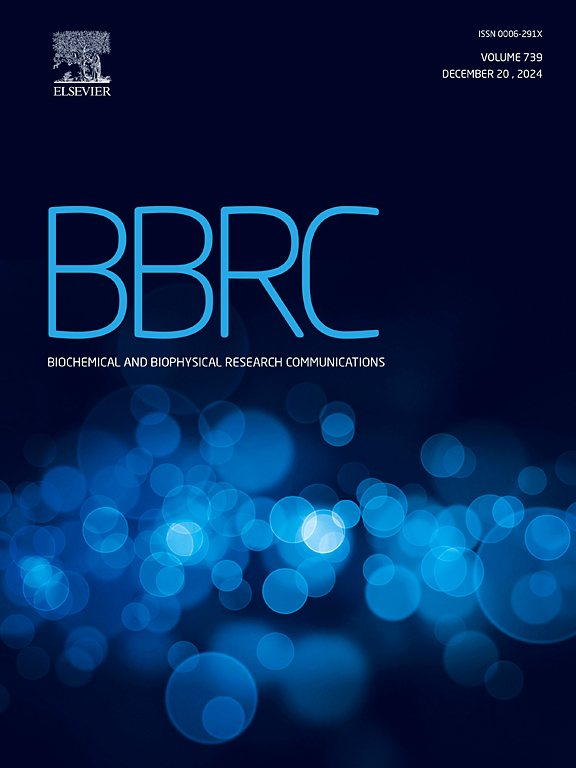Examining interactions of animal cells with chloroplasts and their light-induced responses in in vitro cell culture systems
IF 2.5
3区 生物学
Q3 BIOCHEMISTRY & MOLECULAR BIOLOGY
Biochemical and biophysical research communications
Pub Date : 2025-03-16
DOI:10.1016/j.bbrc.2025.151622
引用次数: 0
Abstract
Chloroplasts are organelles that convert light energy into chemical energy in plants. The potential to integrate chloroplasts into animal cells presents an exciting frontier in synthetic biology, allowing for photo-controllable biochemical processes within these cells. However, the lack of well-established in vitro experimental systems to study chloroplast-animal cell interactions remains a significant challenge. This study investigates the behavior of human cervical cancer HeLa cells and mouse macrophage-like J774.1 cells, along with the light-induced responses of these cells, when introduced into culture media containing spinach-derived chloroplasts. Additionally, we examine isolated cells from Elysia marginata, a sacoglossan sea slug known for its unique ability to acquire and retain functional chloroplasts through a process known as kleptoplasty. Our results show that HeLa cells primarily adhere to chloroplasts with minimal intracellular uptake, while J774.1 cells actively engulf them. Co-incubation with chloroplasts increases the rate of cell death upon light irradiation. In contrast, naturally chloroplast-containing cells from E. marginata exhibit minimal light-induced damage. Excessive reactive oxygen species (ROS) production is observed in HeLa and J774.1 cells co-incubated with chloroplasts under light exposure, suggesting that photoinduced ROS generation contributes to cytotoxicity. These findings highlight three different patterns of interactions between animal cells and chloroplasts and underscore the importance of considering ROS generation induced by light exposure when analyzing chloroplast-animal cell interactions in vitro experimental systems.

求助全文
约1分钟内获得全文
求助全文
来源期刊
CiteScore
6.10
自引率
0.00%
发文量
1400
审稿时长
14 days
期刊介绍:
Biochemical and Biophysical Research Communications is the premier international journal devoted to the very rapid dissemination of timely and significant experimental results in diverse fields of biological research. The development of the "Breakthroughs and Views" section brings the minireview format to the journal, and issues often contain collections of special interest manuscripts. BBRC is published weekly (52 issues/year).Research Areas now include: Biochemistry; biophysics; cell biology; developmental biology; immunology
; molecular biology; neurobiology; plant biology and proteomics

 求助内容:
求助内容: 应助结果提醒方式:
应助结果提醒方式:


